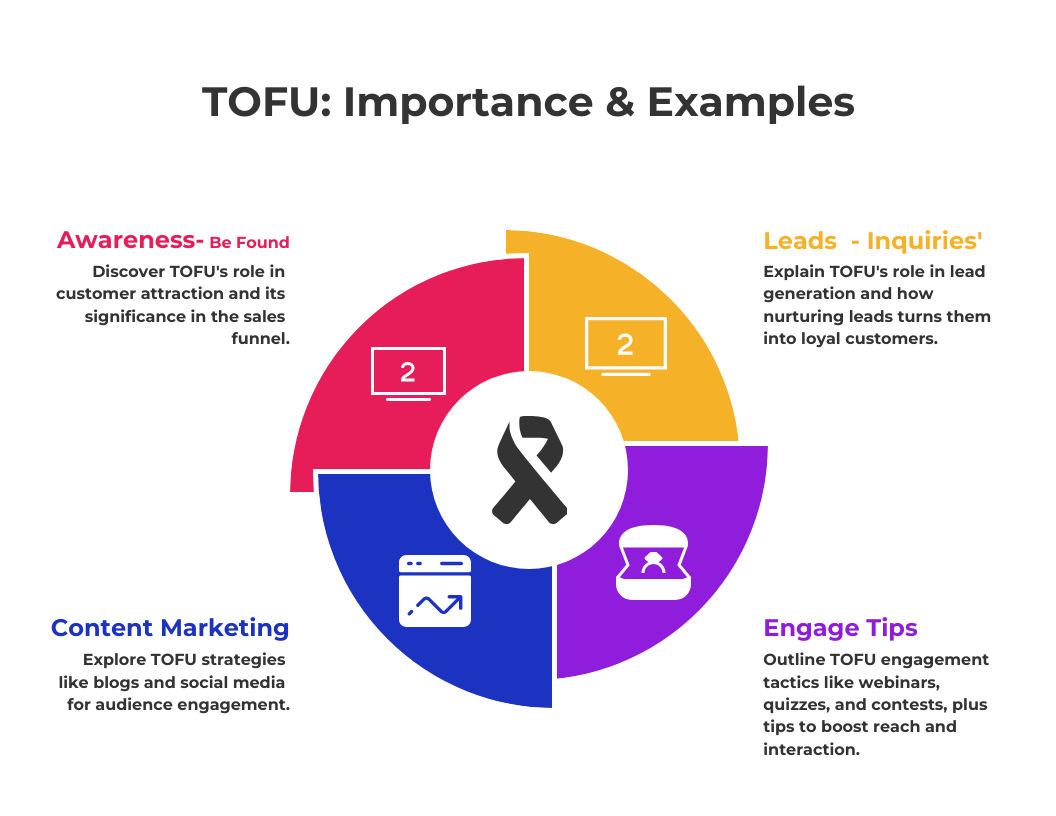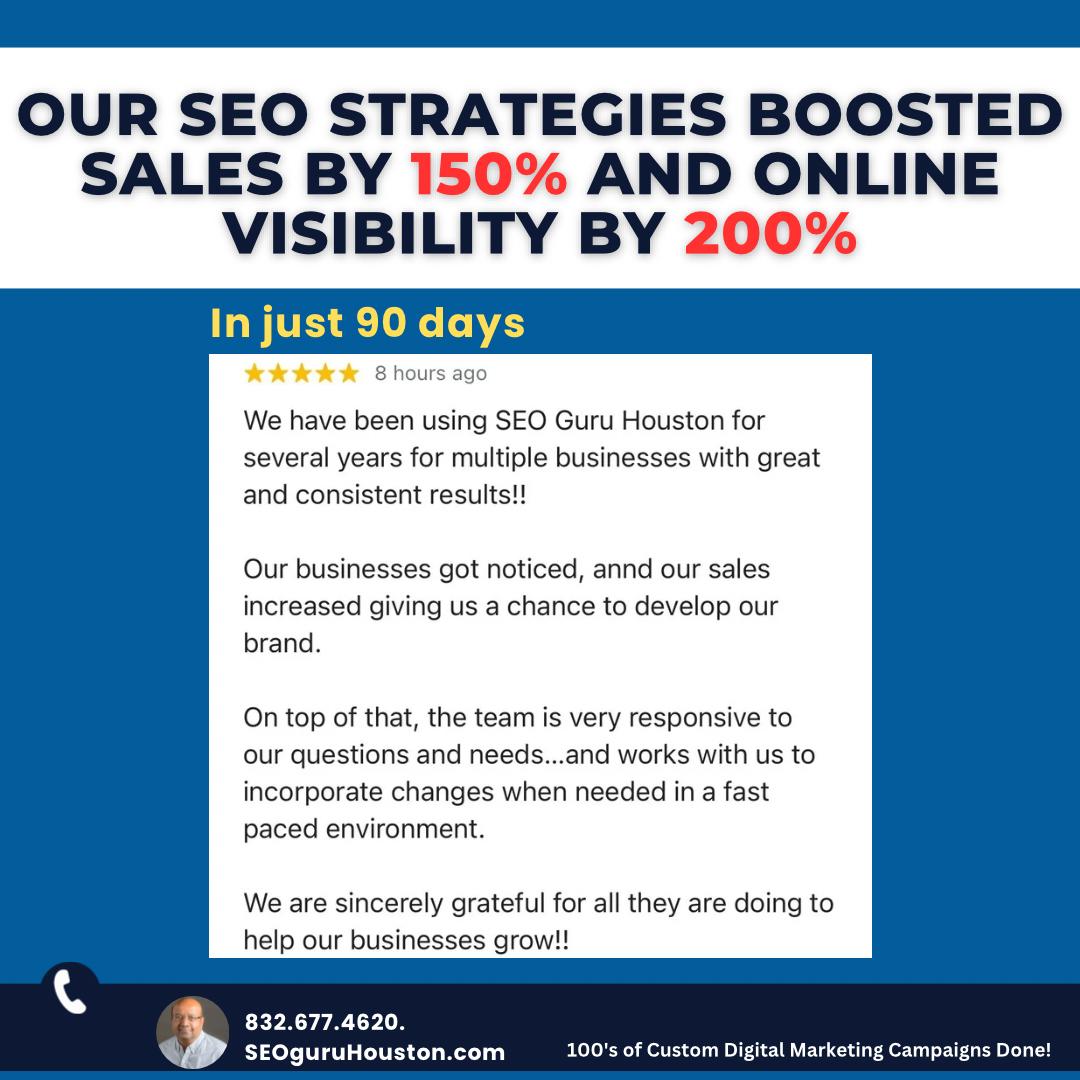Lead magnets assume a pivotal function in drawing and converting leads. Various forms of lead magnets, ranging from e-books and webinars to free trials and samples, can be employed by businesses to engage the interest of prospective customers.
The present article aims to elucidate the significance of lead magnets, examine diverse categories, outline key considerations for their selection, and offer guidance on crafting a compelling lead magnet to stimulate lead generation. The ensuing discourse will delve into these aspects in detail.
The Role of Lead Magnets in Marketing
Lead magnets are essential components of marketing strategies as they serve as valuable incentives that attract potential customers to an email list. This, in turn, can greatly enhance conversion rates and bolster the digital marketing initiatives of any online enterprise.
What are Lead Magnets and Why are They Important?
Lead magnets are essential tools in the realm of digital marketing, serving as valuable content or incentives provided to potential customers in exchange for their contact information. These magnets play a crucial role in enhancing customer engagement and ultimately boosting conversion rates.
Acting as a catalyst, lead magnets facilitate the process of building relationships with the target audience and nurturing leads throughout the sales funnel. By delivering relevant and compelling content that addresses the specific needs and interests of the intended market segment, businesses can establish credibility and foster trust with their audience.
The strategic utilization of lead magnets can serve as a key differentiator in a competitive digital landscape, positioning a brand as a valuable resource. This approach not only attracts leads but also educates them about the products or services offered, thereby increasing the likelihood of conversion.
By focusing on delivering upfront value to potential customers, businesses lay the groundwork for long-term customer loyalty and advocacy.
Types of Lead Magnets
There exist a variety of lead magnets that businesses can employ to attract and convert potential customers, spanning from content upgrades and complimentary downloads to webinars and exclusive access offers.
E-books and Guides
E-books and guides serve as popular lead magnets that provide comprehensive and valuable information to potential customers as complimentary downloads, thereby enhancing the value proposition of your brand.
By furnishing detailed knowledge on pertinent subjects, these resources aid in establishing authority and trust with your audience. The presence of high-quality content in e-books and guides not only highlights expertise but also underscores a dedication to delivering valuable insights.
When readers perceive significant value in the information you present, they are more inclined to regard your brand as a credible source of information. Consistently providing well-researched and insightful content through e-books and guides can further strengthen your position as an industry leader and foster enduring relationships with your target audience.
Webinars and Workshops
Webinars and workshops serve as interactive lead magnets that provide exclusive access to expert knowledge and real-time interaction, thereby significantly enhancing customer engagement.
These events offer a platform where participants can engage directly with industry professionals, pose questions in real-time, and acquire valuable insights on pertinent subjects. By organizing webinars and workshops, businesses have the opportunity to demonstrate their expertise, bolster credibility, and position themselves as authorities in their respective fields.
These sessions cultivate a sense of community among attendees, fostering sustained engagement and loyalty. To optimize the advantages of these events, it is imperative to promote them effectively in order to attract a targeted audience with a genuine interest in the topics being presented.
Checklists and Templates
Checklists and templates represent practical lead magnets that function as content upgrades, delivering immediate and actionable value to prospective customers. By furnishing users with readily deployable tools, these resources facilitate the simplification of intricate tasks and the streamlining of processes.
This not only offers a structured methodology but also guarantees a heightened level of efficiency. The convenience of possessing a step-by-step guide or a pre-designed format can significantly amplify the overall value proposition for users. This supplementary value frequently results in augmented engagement and can serve as a pivotal factor in stimulating more sign-ups or conversions.
In the rapidly evolving digital realm, where time is a critical factor, these tools prove to be invaluable in enableing users to seamlessly accomplish their objectives.
Free Trials and Samples
Free trials and samples serve as effective lead magnets that enable prospective customers to directly experience your product or service, thereby fostering immediate customer engagement.
Throughout a trial period, the ability for potential customers to explore the features and benefits of the product can significantly enhance the likelihood of conversion. Providing free trials also establishes trust and credibility by showcasing confidence in the value your product offers.
Subsequent communication during the trial can address any concerns, offer supplementary information, and cultivate relationships with potential customers, guiding them towards a purchase decision. This tailored approach aids in highlighting the product’s relevance to the customer’s requirements, resulting in increased conversion rates and long-term customer satisfaction.
Choosing the Right Lead Magnet for Your Business
The selection of an appropriate lead magnet for your business necessitates a comprehensive understanding of your target audience. It involves creating a value proposition that is in harmony with your overarching digital strategy and marketing funnel.
Factors to Consider
When selecting a lead magnet, it is essential to take into account several factors, including the preferences of your target audience, the perceived value of the offer, and its alignment with your digital strategy.
Thorough audience research plays a pivotal role in determining the type of lead magnet that will resonate most effectively with the individuals you aim to attract. A profound understanding of your audience’s needs, desires, and pain points enables you to customize your offer to cater to their specific requirements, thereby enhancing the probability of conversion.
Developing a compelling value proposition represents another critical aspect. Clearly articulating the benefits and solutions that your lead magnet offers can entice visitors to provide their contact information in exchange.
Furthermore, seamlessly integrating the lead magnet into your digital strategy is imperative for ensuring a cohesive user experience across all touchpoints. This integration maximizes the effectiveness of the lead magnet and enhances its overall impact.
Creating an Effective Lead Magnet
The development of a successful lead magnet necessitates the application of best practices and strategies that improve content marketing initiatives, enhance user experience, and facilitate conversions through compelling calls-to-action.
Tips and Best Practices
Some of the most effective strategies and recommendations for developing impactful lead magnets include centering on high-value content, optimizing for user experience, and integrating clear calls-to-action to improve conversion rates.
To further amplify the efficacy of your lead magnet, it is essential to have a profound understanding of the specific requirements and preferences of your target demographic. Tailoring your content to address their challenges and areas of interest will considerably heighten the prospects of engagement and conversions. Offering immediate value is paramount; this could entail presenting a solution to a prevalent issue or sharing exclusive insights that are unavailable elsewhere. Experimenting with various formats, such as ebooks, webinars, or toolkits, can aid in identifying which resonates most with your audience and drives enhanced conversion rates.
Utilizing Lead Magnets for Lead Generation
The utilization of lead magnets for lead generation entails the implementation of strategies designed to attract and convert potential customers. This involves seamlessly integrating them into your marketing funnel for the purpose of effective lead nurturing and management.
Strategies for Attracting and Converting Leads
Efficient methods for attracting and converting leads through lead magnets encompass targeted marketing, engaging content, and the incorporation of lead magnets within a meticulously organized marketing funnel to guarantee ongoing lead nurturing.
Targeted marketing plays a pivotal role in reaching the appropriate audience by utilizing customized lead magnets that address their specific challenges and requirements. By developing top-notch content that resonates with the target audience, businesses can establish credibility and trust, thereby increasing the likelihood of audience engagement with the lead magnets.
The seamless integration of lead magnets within the marketing funnel facilitates a smooth progression from awareness to conversion, effectively guiding leads through the purchasing journey. By providing valuable resources in exchange for contact details, organizations can amass a repository of qualified leads for future nurturing and conversion processes.
Frequently Asked Questions
What are lead magnet options and why are they important?
Lead magnet options refer to the different types of incentives or offers businesses use to attract potential customers. They are important because they can entice people to engage with a brand and potentially become paying customers.
Why is it important to have a variety of lead magnet options?
Having a variety of lead magnet options allows a business to appeal to a wider audience. Different people may be attracted to different types of incentives, so offering a variety increases the chances of capturing potential leads.
What are some examples of lead magnet options?
Some examples of lead magnet options include free e-books or guides, webinars, discounts or coupons, free trials, and exclusive content or access.
Let’s chat – https://epromotionz.lpages.co/ — call/txt me – 832.677.4620
 Why is TOFU Important?
Why is TOFU Important?


